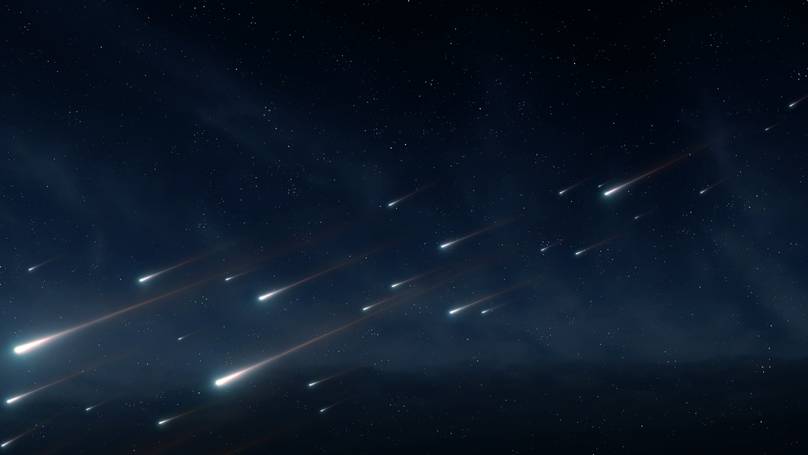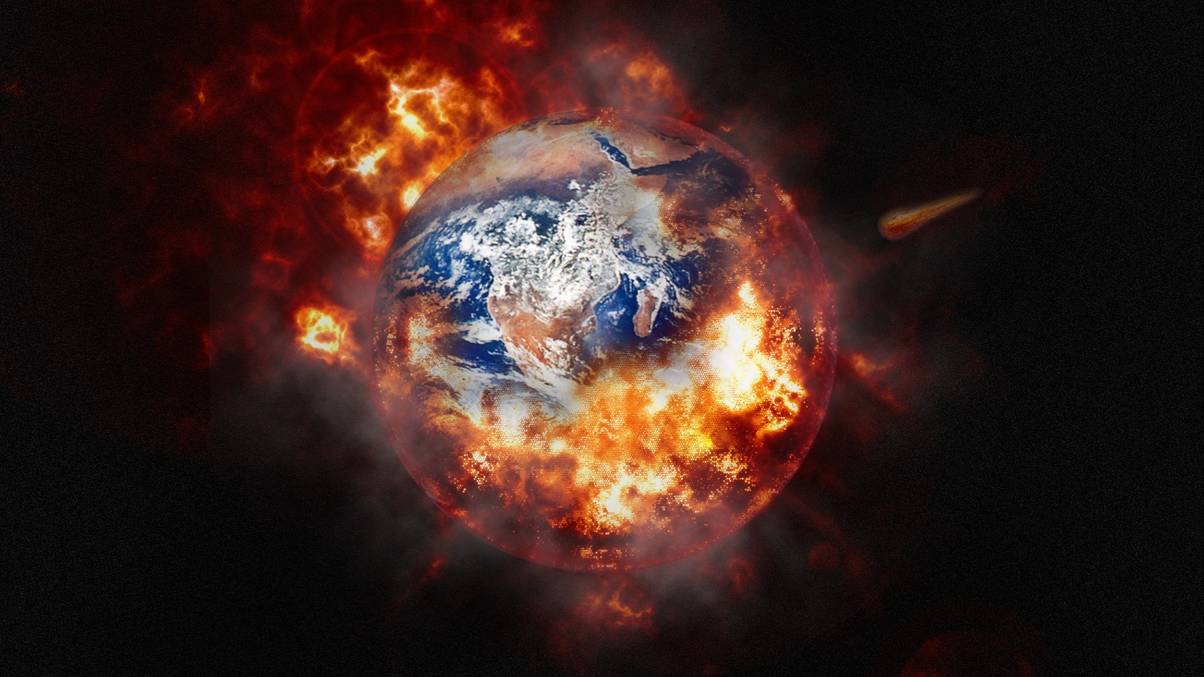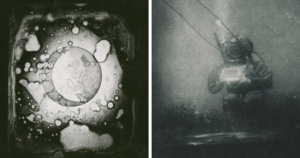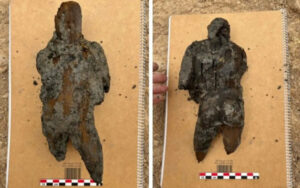Tomorrow Night, Earth Will Be Dazzled by a Meteor Spectacle Like Never Before—100 Fireballs Set to Ignite the Sky!
Ever wonder what it’s like to have 100 fireballs blazing across the night sky all at once? Tomorrow night, brace yourself for just that—an insane cosmic show as the Perseid meteor shower hits its peak. Sure, with everything going haywire in the world, hearing about a hundred flaming rocks zooming overhead might make you clutch your tinfoil hat a little tighter. But honestly, it’s way more thrilling than terrifying. This annual spectacle, named after an ancient Greek hero (talk about cosmic street cred), reminds us just how tiny we are in this ginormous universe—and how dazzlingly beautiful that vastness can be. NASA even crowns it the “most popular meteor shower of the year,” which is a fancy way of saying nighttime fireworks courtesy of a 133-year-old comet called Swift–Tuttle. So, should you grab a blanket and sneak out for a midnight stargazing session? Spoiler: yes, especially if you don’t mind sharing the sky with a bright full moon cramping the party. But hey, at least those meteors are the size of grains of sand—not neighborhood-destroying asteroids! Ready to get starstruck? LEARN MORE
Tomorrow night will see 100 fireballs shoot across the sky as part of a rare cosmic event.
Given the state of the world right now, the news of 100 fireballs shooting through the sky might seem pretty terrifying but the reality is far more exciting.
While we’re often warned about asteroids which could destroy the Earth or potentially hostile alien threats up in space, it’s often a good reminder that our home planet is just a tiny speck of a gigantic and beautiful universe.
And that fact will be on show tomorrow night when the Perseid meteor shower reportedly reaches its peak.
Named after the Greek hero and the constellation which they originate from, the event has been described by NASA as the ‘most popular meteor shower of the year.’
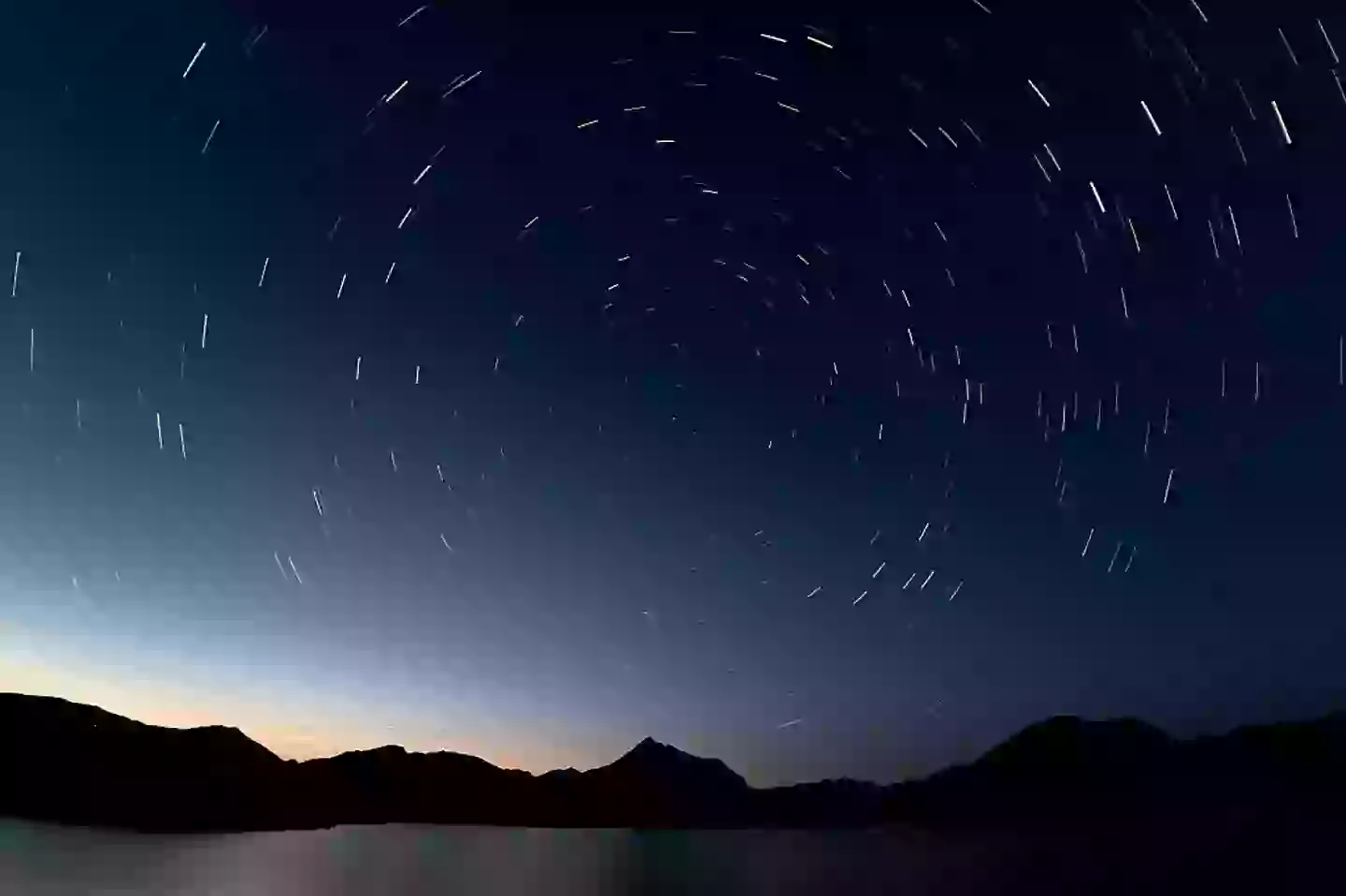
The meteor shower in Spain earlier this year (Samuel de Roman/Anadolu via Getty Images)
According to the Royal Observatory, the meteor shower has been active from 17 July, and will go on until 24 August, but tomorrow night (12 August) is expected to be the most dazzling display yet.
Stargazers in the UK should expect to see some showers once the sun sets, but best views will be found after midnight away from built-up and well-lit areas.
However, visibility may be affected by the recent full moon, according to Finn Burridge, science communicator at the Royal Observatory Greenwich.
He said: “This year’s peak unfortunately lines up with a full moon meaning even in dark sky areas it will be impossible to see the full 100 meteors per hour.
“However, [the Sturgeon Moon] is no reason not to go out and enjoy the shower – it is still likely that you will see at least 1 or 2 fireballs per hour, even with a full moon. Dates nearer to the shower’s peak offer the best chance, but this also coincides with the full moon.
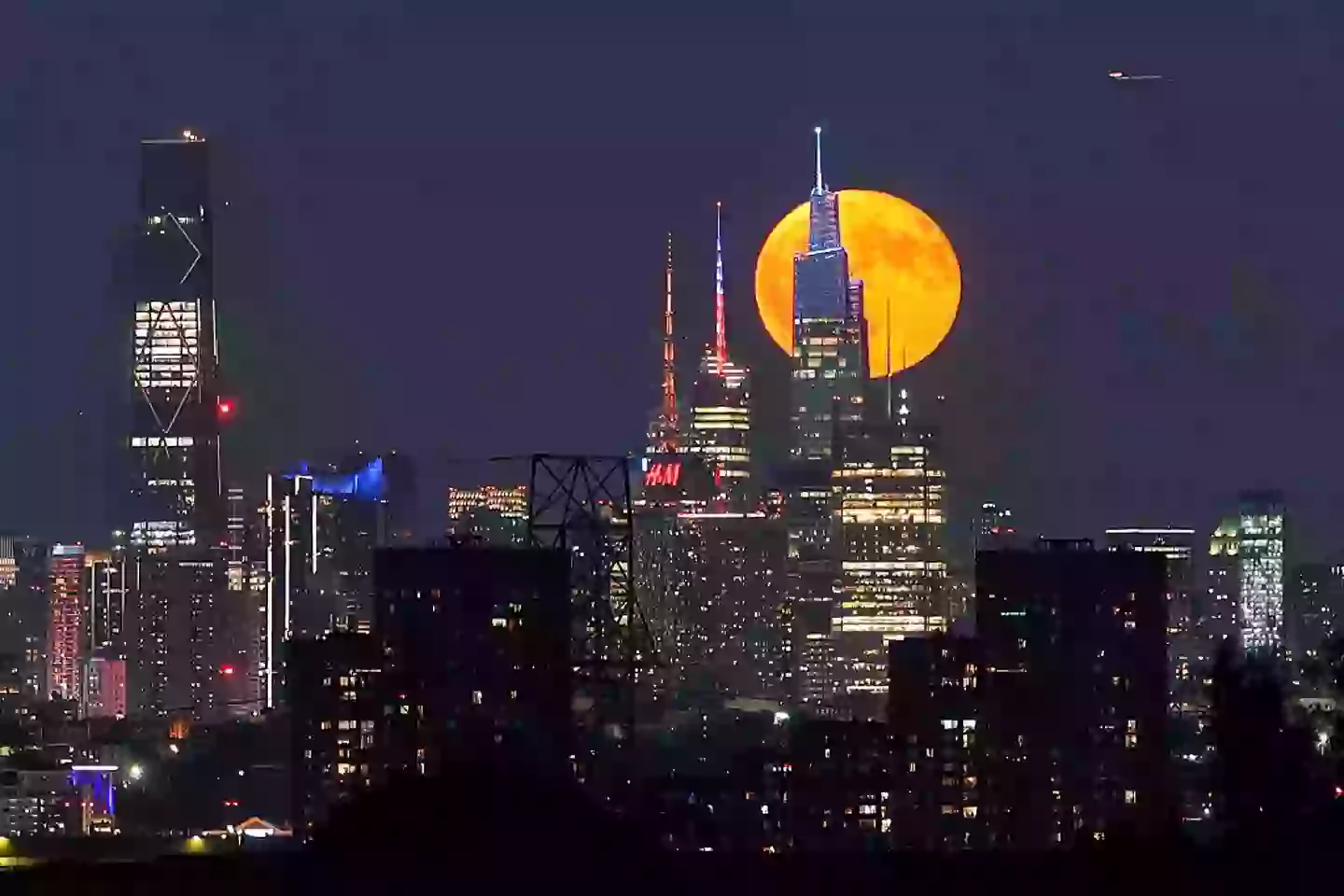
The recent full moon may affect visibility (Nazli Zeynep Karabulut/Anadolu via Getty Images)
“After the full moon is more likely the better time to view, since the Moon will rise later in the night, so I would recommend the peak nights as well as weekend of 16 and 17 August,” he added.
Weather in the UK tomorrow is expected to be hot and clear, which might well prove to be perfect conditions for stargazing.
So it’s definitely worth staying out if you want to catch a sight of the meteor shower, as this particular one is derived from a comet called Swift–Tuttle, which orbits the Sun just once every 133 years.
You also don’t need to be worried about any of the space meteors damaging your back garden, as they’re likely as big as a grain of sand, which produces beautifully bright trails of light as they enter the Earth’s atmosphere.

